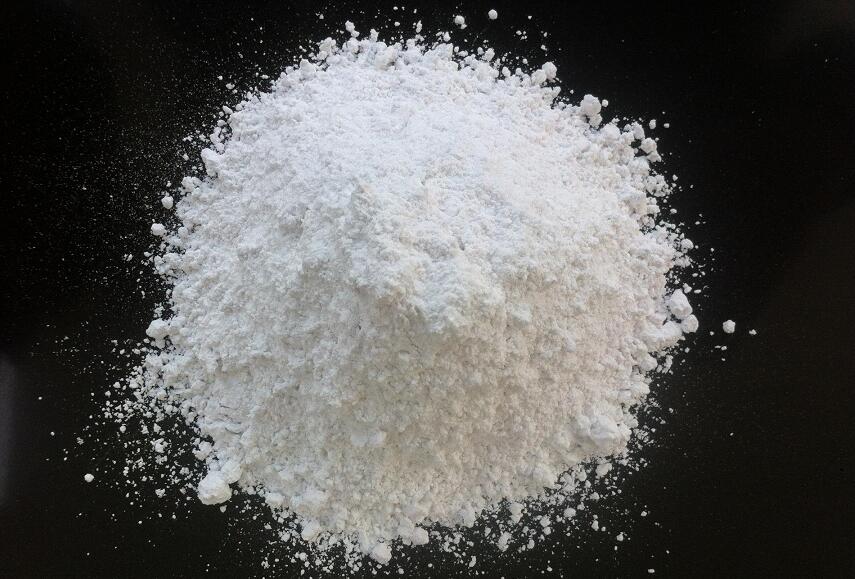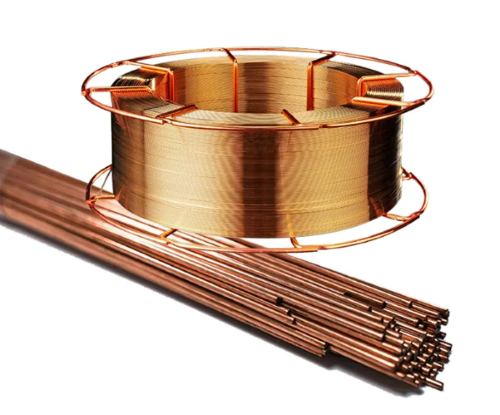Barium Titanate - The Backbone of the Electronic Ceramic Industry
Barium titanate (BaTiO3) is a strong dielectric compound material and one of the most widely used materials in electronic ceramics. Known as "the backbone of the electronic ceramic industry," it is mainly used to make multilayer ceramic capacitors, multilayer substrates, electro-optical display panels, semiconductor materials, and coatings.

Barium titanate is a kind of congruent melting compound, with a melting point of 1618°C. It is soluble in concentrated sulfuric acid, hydrochloric acid, and hydrofluoric acid, but insoluble in hot dilute nitric acid, water, and alkali. It has the advantages of high dielectric constant, low dielectric loss, excellent ferroelectric property, piezoelectric property, voltage resistance, and insulation.
The Preparation of the Barium Titanate
The main preparation methods of barium titanate include the solid-phase method and liquid-phase method.
Solid-Phase Method
The solid-phase method is a traditional preparation method. It is to mix and grind the oxides of the metal elements that make up barium titanate or their acid salts and then calcinate for a long time at a high temperature of about 1100°C to form the required powder through solid-phase reaction.
The solid-phase process is relatively simple, mature, and low in production cost. However, the powder particles produced by this method are relatively coarse and easily mixed with impurities, and it is time-consuming and energy-consuming due to the long-term grinding and high calcination temperature.
Liquid-Phase Method
The liquid-phase method, also known as the wet chemical method, is a method of preparing ultrafine powder from atoms and ions through two stages of nucleation and growth. The liquid-phase method can prepare high-purity barium titanate powder with small particle size and regular morphology.
The liquid-phase method can be subdivided into the hydrothermal method, sol-gel method, chemical precipitation method, microemulsion method, and so on. In general, the liquid phase method is better than the solid-phase method for the preparation of barium titanate powder.
With the rapid development of modern science and technology, electronic components are also developing in the direction of high integration, high precision, multi-function, and miniaturization. Higher requirements are put forward for the quality of barium titanate. It is necessary to continuously research and improve its performance to meet the needs of technological development.
Conclusion
Thank you for reading our article and we hope it can help you to have a better understanding of the barium titanate. If you want to know more about barium titanate and titanium metal, we would like to advise you to visit Stanford Advanced Materials (SAM) for more information.
Stanford Advanced Materials (SAM) supplies high-quality titanium products such as barium titanate, to meet our customers' R&D and production needs. By frequently visiting these manufacturers and understanding their production, quality control, administration, and management sections, we have carried out faithful cooperation over the years and built profound working partnerships with our customers. As such, we are confident that SAM will be your favorite material supplier and business partner.



